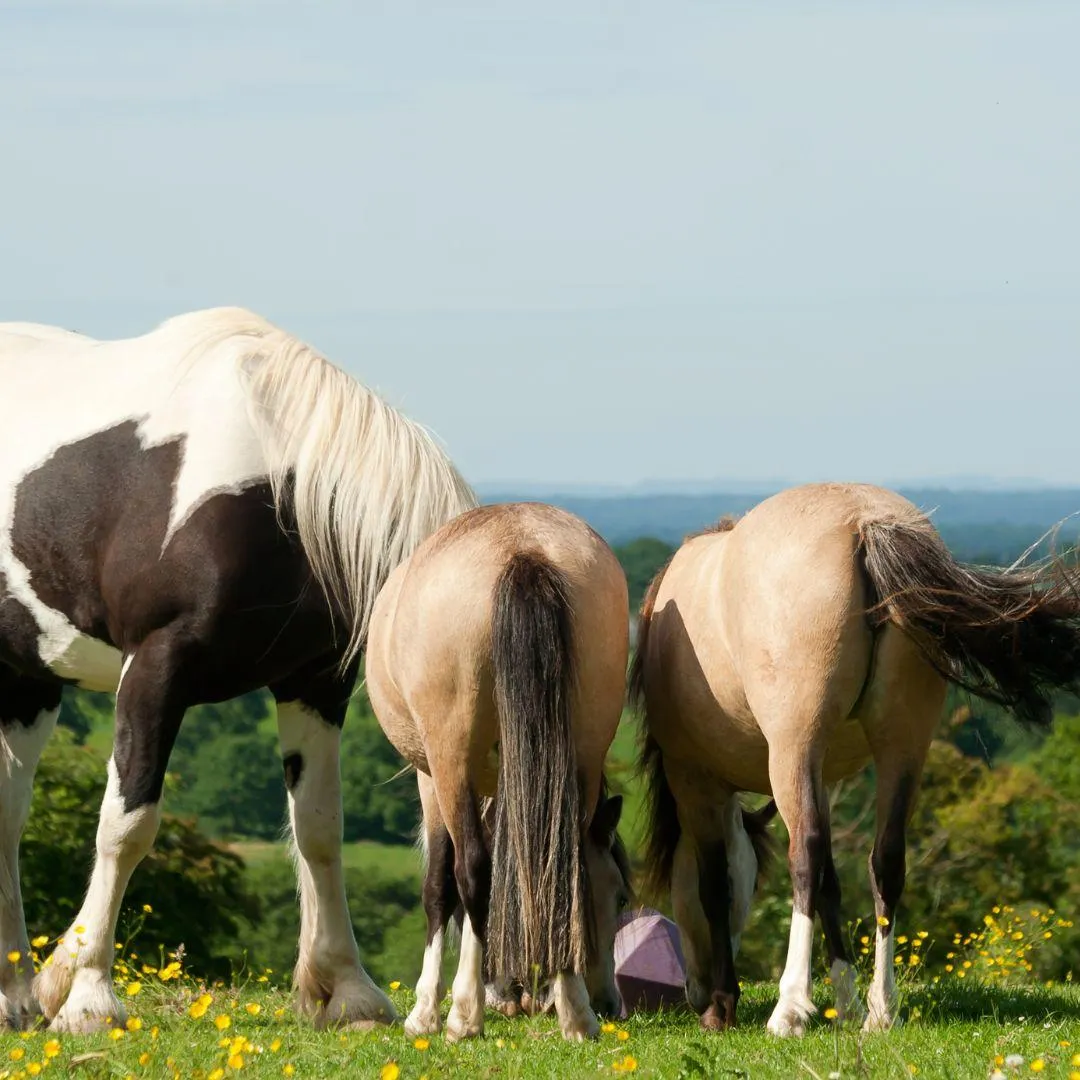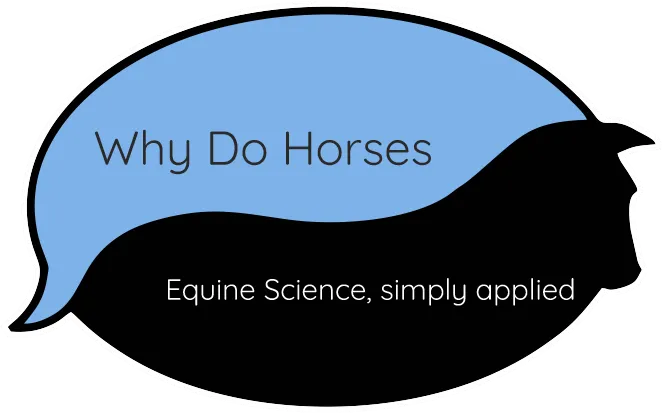Love Reading?
Articles
Find our blog posts and media articles all in one place!

Environmental Enrichment
Introduction:
In comparison to feral horses, the range of behaviours exhibited by domestic horses has been substantially reduced. Domestic environments are less stimulating and present fewer opportunities for a horse to express its natural behaviour. However, providing environmental enrichment can encourage the horse to increase its expression of behaviours and also prevent abnormal behaviours.
What is environmental enrichment?
Enrichment concerns making alterations to an animal's environment which are of benefit to the animal itself and improve the way in which it functions. This could involve making changes, or adding features, which provide benefits such as improved health or reduced stress levels. A defining aspect of enrichment is that the animal is the main beneficiary.
What is the purpose of enrichment?
Enrichment strategies often involve at least one of four main goals:
Increasing behavioural diversity, through expanding the number and range of normal behaviours.
Preventing the development of abnormal behaviours (like crib-biting or weaving) or reducing their severity or frequency.
Positively influencing how a horse uses its environment, for example by encouraging a stabled horse to investigate the corners of its box or a field-kept horse to explore the hedgerows.
Increasing the horse's ability to cope with behavioural and physiological challenges, like the stress of box-rest or joint stiffness in old age.
Types of Enrichment
There are 5 main types of enrichment: social, nutritional, occupational, physical and sensory. Most often enrichment encompasses a combination of these.
Social enrichment can involve either direct or indirect contact with horses or with another species. It can be used as a form of aiding horses to cope with stress. A recently published study examined the effect of the presence of an adult horse during weaning time. The study of 32 foals found that when youngsters were weaned in a group containing an unrelated adult horse, they exhibited less stress, less abnormal behaviour and less aggression towards peers, than foals grouped without an adult.
Nutritional enrichment can offer an engaging form of entertainment for many horses. During a study of a variety of enrichment items, rather unsurprisingly, horses were attracted more towards edible items than inedible ones. Forms of nutritional enrichment includes changing the method of food delivery, as well as offering varied or novel food types. Thorne and colleagues studied the effect which the presentation of multiple forages had on foraging behaviour during a seven-day period. They found that when horses were given more than one forage at a time, they performed foraging behaviour more frequently and for longer periods than when they received a single forage. Horses which weaved when given only a single forage did not show this behaviour when given multiple forages. The researchers also noted that the horses used in the studied had individual preferences towards the type of forage. The team suggested that providing a multiple forage diet enriched the horses' environment by offering variety as well as increasing diversity by allowing patch foraging behaviour, similar to how they might eat over grassland .
Occupational enrichment incorporates both psychological enrichment and that which promotes exercise. Whilst also providing nutritional enrichment, stable toys such as feed-balls offer a level of occupational enrichment, encouraging an otherwise sedentary horse to stretch and roam around. The most effective designs are round or polyhedral-shaped toys. Research has demonstrated that this type of stable toy can also reduce abnormal behaviour and as well as providing a distraction from mildly stressful events.
Physical enrichment might include making adjustments to the size or complexity of an enclosure. Interestingly, researchers in Norway found that horses turned out in larger fields travelled significantly further during turnout time than those turned out in small or medium sized paddocks. Physical enrichment can also include adding accessories or building permanent structures within a space. A study by Matsui and colleagues examined whether horses could be encouraged to roll in a particular area of a paddock and what type of surface was most likely to facilitate this. The team provided a group of 4 Kiso horses with soil, straw and sand in 3 separate specially constructed 'rolling areas'. After observing the horses' behaviour in a regular paddock, the horses were introduced to the rolling paddock. The researchers found that the horses preferred to roll on the dry soil substrate compared to the straw or sand surfaces.
Sensory enrichment includes visual, auditory and olfactory stimulation, amongst others. Music can provide a source of sensory enrichment. A study of weanlings found that the horse's heart rate was lowered when there was music playing. A recent study, by Carter and Greening, investigated the effect of music genre on horses. The pair examined whether Rock, Jazz, Country and Classical music affected the balance of alert and restful behaviour in horses and how this compared to when no music was played at all. The study, carried out at Hartpury College, found that Jazz and Rock resulted in increased display of alert behaviour, whilst Classical and Country music appeared to encourage more restful behaviour.
Many owners already provide some form of enrichment for their horses. However, understanding the purpose and types can allow owners to provide the right form of enrichment for their horses. Above all, enrichment should be attractive to the horse and engage its interest long enough to achieve the desired effect. Providing enrichment is important in promoting equine welfare.
Blog Posts Straight to Your Inbox!
What do clients say?

Amy D

We had an intro session on clicker training with Louise, it was fabulous, very informative. After reading up about clicker training and getting a bit confused with all the different approaches, Louise made it very clear and explained it all thoroughly.

Eiddwen S

I contacted Why Do Horses for help with issues I was having travelling my horse. During our sessions I found myself wanting to learn more about equine behaviour and body language and I have realised I was missing a lot of knowledge. Why Do Horses have changed my entire outlook on horse training and behaviour, this is something for which I will be forever grateful!

